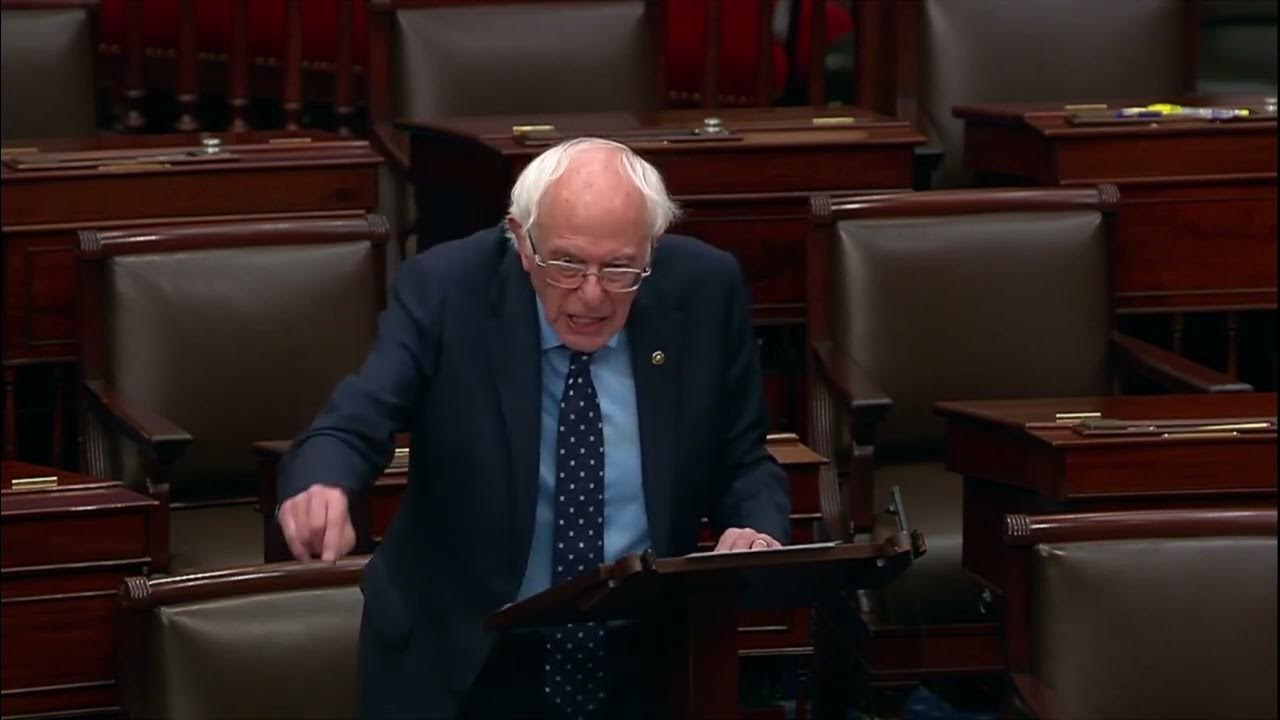
Most of those can addressed by busses too actually.
Train has fewer stops meaning train reaches the destination faster
Bus Rapid Transit (BRT) or any bus line can have less stop for this reason. To expand on BRT routes, they can be dedicated lanes for busses, with right of way. They can be specific only for busses, and cars not allowed to use it ever or also mixed usage where certain rush hours are for bus use only but outside those hours can be used by other vehicles.
Train has ultimate right-of-way, and doesn’t have to stop for pedestrians on the tracks, red lights, or other things
This can also be done with BRT routes.
trains in some cities, go under waterways meaning more direct routes than busses
BRT as well.
there’s more space inside trains and usually more choice of seats. Standing is also an option which isn’t allowed on most busses
Busses can absolutely support this. Paris has more open busses to allow more people standing or people with disabilities.
acceleration and deceleration are more predictable and comfortable
With dedicated BRT lanes, I believe that can also be done considering there’s only bus stops that need to be slowed down on.
Nearly all metro light rail trains are powered by electricity, while many city busses remain diesel
I know technically electric busses are possible, but I’m not certain how feasible this is.
My understanding is that BRT routes are cheaper and faster to setup than trains, and can be upgraded to trains. I’m not saying BRT is better than light or heavy rail, but that should be a more common path for mass transit that is not utilized in the US.















Which btw that program isn’t doing too well. It’s a huge cost right now, compared to more traditional public transit. And imagine that this is with regular “cheap” vans rather than more expensive vehicles. These also seem to be a small step better than Personal vehicles as I hear most rides are solo rides (which is not exactly the aim). What is great about micro is they support bikes, and people with disabilities to help reach the last mile in their trip.